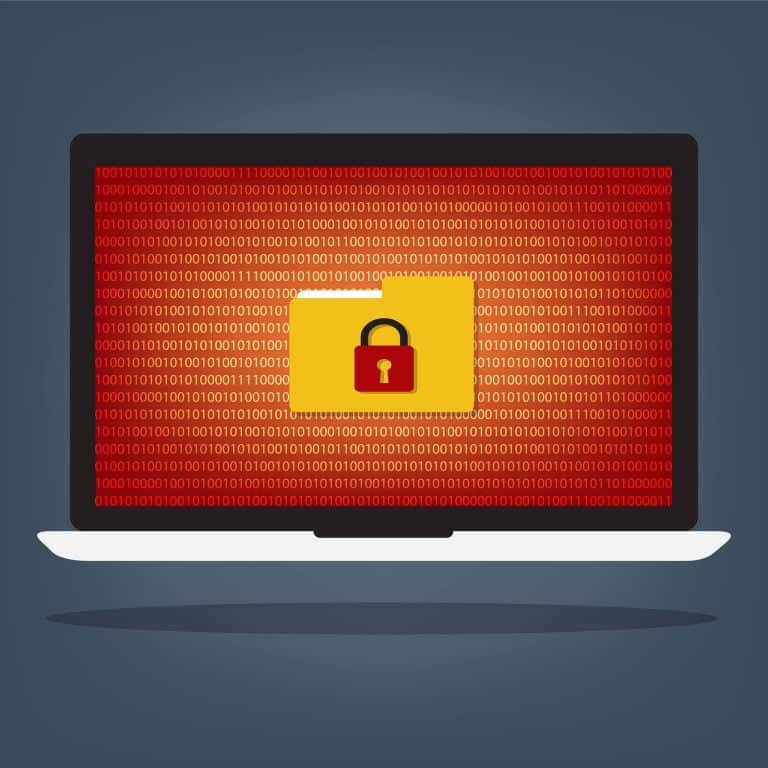Logistics professionals are well aware of supply chain risks such as severe weather events and product shortages. However, they may overlook the threats of insufficient cybersecurity. Hackers love causing the most havoc possible.
Table of Contents
ToggleThe supply chain is an appealing target due to the implications of vulnerabilities on its interconnected structure. That’s why a company’s internet security professionals must drive home the importance of appropriate safeguards. Here are some specific reasons why reducing supply chain vulnerabilities must be a key part of any enterprise IT strategy.
1. Incidents Can Be Extremely Costly and Disruptive
The attitude among some business leaders is along the lines of “cyberattacks won’t happen to us,” or “we’ll give more attention to cybersecurity soon, but it’s not an immediate priority.” Unfortunately, unaddressed vulnerabilities make it easier for hackers to inflict massive damage that could even spread across multiple continents.
Consider the recent example of Brazillian-based meatpacker JBS, which got hit with a ransomware attack. The company paid an $11 million ransom to the criminals and shut down several plants in the United States and Australia. It downplayed the attack’s effects, but the ramifications nevertheless sent shockwaves through the meat market.
Criminals have also tried to exploit supply chain vulnerabilities to hinder the COVID-19 rollout. The efforts ranged from targeting Astra-Zeneca employees with phishing emails to examining how to negatively impact the cold-chain distribution methods for the temperature-sensitive doses. Manufacturers are under contractual obligations to deliver orders at specific intervals. Cybersecurity vulnerabilities could hinder the ability to do that.
2. Cyber Risk Quantification Aligns With Lean Principles
Perhaps your company has embraced lean principles for years. Alternatively, maybe representatives at the organization want to move forward with applying the lean methodology to business operations as soon as possible. In such cases, the good news is that assessing an organization’s supply chain vulnerabilities supports the lean approach.
After all, continuous improvement is one of the movement’s foundations. However, business leaders can’t know how to get better without clarifying where the weaknesses lie. An emerging field in IT security concerns cyber risk quantification (CRQ). It illuminates threats in ways that make sense to people without cybersecurity backgrounds, such as a company’s board members.
This approach uses models to identify and measure threats, giving decision-makers data that helps them choose when and how to allocate cybersecurity resources. Supply chain resiliency is among the best ways to guarantee product availability and exert maximum control over the associated infrastructure.
Strengthening a supply chain typically starts with research. After confirming the biggest current risks, companies can explore what continuous improvement entails.
3. Minimizing Supply Chain Risks Could Result in New Clients
Committing to better supply chain security helps companies attract new clients, win bids and finalize contracts. For example, the cybersecurity maturity model certification (CMMC) is required for all Department of Defense contractors. However, engaging in activities such as gap assessments for applicable compliance or creating the primary documents needed for a mature security program can help businesses meet that goal.
The U.S. has started to take cybersecurity more seriously. However, a recent report showed approximately 950 cybersecurity recommendations still not implemented at federal agencies. Even if you don’t plan to seek government clients soon, it’s still smart to start building a better cybersecurity framework now. That way, if your organization does eventually aim for government bids, there will be less work to do to meet the minimum cyber readiness necessities.
In any case, it’s becoming more common for companies to vet potential suppliers for their preparedness against online attacks before entering agreements with them. Kevin Reed, chief information security officer at Acronis, recommends determining how cyberattacks would affect vendors and what those entities do to safeguard against such incidents. “Based on this evidence and the risk appetite, a business can make an informed decision to work with this supplier. Lastly, as you perform these assessments, aim for consistency and look for risk that changes over time,” Reed explained.
Even if a potential customer has never asked for evidence of your cybersecurity practices, that could change soon. Relatedly, you should strongly consider requesting the same from any vendor you’re assessing. A vendor’s cybersecurity vulnerabilities could harm all its clients.
4. Supply Chain Attacks Will Likely Become More Prevalent
Organizations that have not yet experienced the downfalls associated with supply chain risks may not be so fortunate for the foreseeable future. A recent report published by the European Union Agency for Cybersecurity (ENISA) assessed supply chain threats. The forecast anticipates attack frequencies to increase by a multiple of four in 2021 compared to the previous year’s numbers.
The report centered on recommendations for European Union member states and included analyses of two dozen recent supply chain attacks. The results showed that malware was the most commonly deployed attack mechanism, used in 62% of cases. Moreover, 58% of attacks involved criminals trying to access data. Personally identifiable information (PII) and intellectual property information were among the details hackers wanted most.
Based on these cybersecurity statistics alone, it’s unwise for companies to ignore possible supply chain vulnerabilities any longer. ENISA’s coverage also warned how a single supply chain attack could quickly cause ripple effects for related entities. If that happens, the affected business could experience widespread customer doubt.
Managing Supply Chain Risks Starts Now
It can feel overwhelming when business leaders realize their organization is at a higher risk of a supply chain attack than they initially realized. However, it’s crucial to look at the situation from a practical perspective. It’s not feasible to identify and fix every vulnerability overnight. It’s≥; also unrealistic to assume supply chain threats are static. They frequently change, so any effective cybersecurity plans must be appropriately adaptive.
A good starting point is to find and prioritize the current risks. From there, everyone involved will be better positioned to assess the weaknesses and research the best ways to remedy them.





